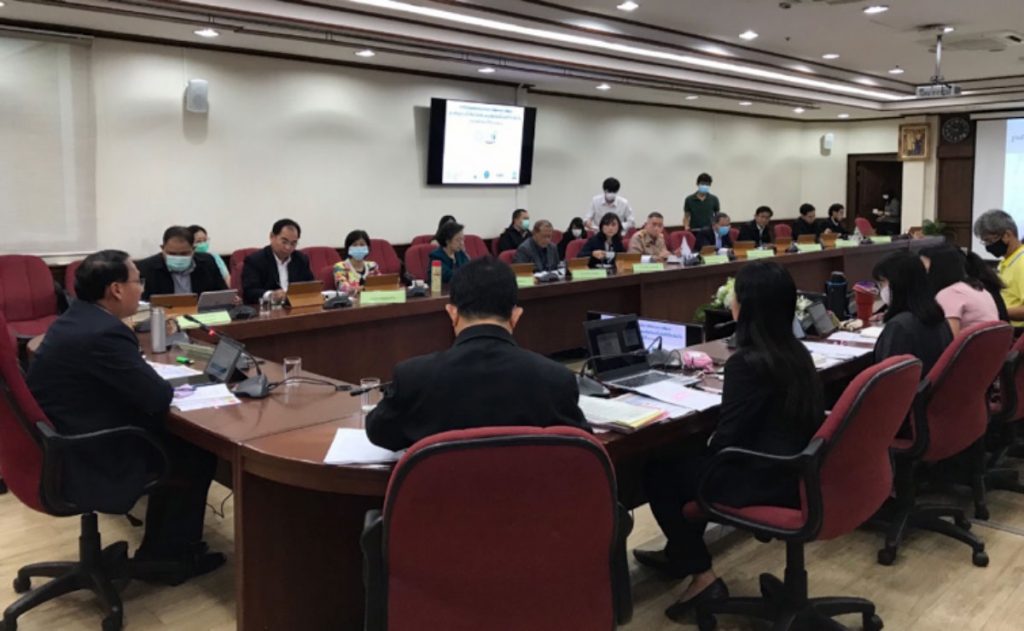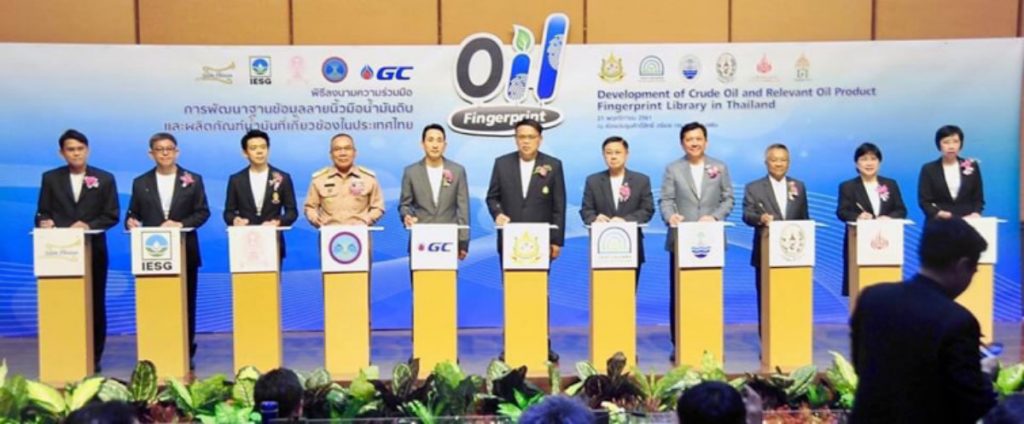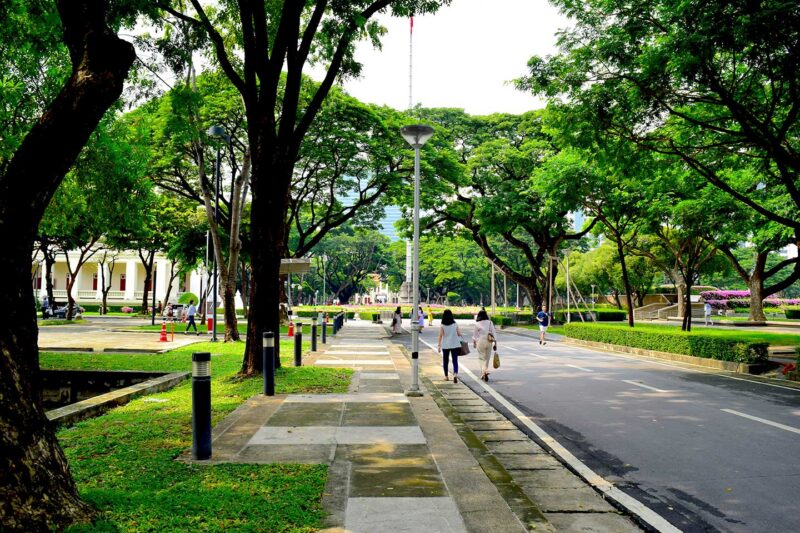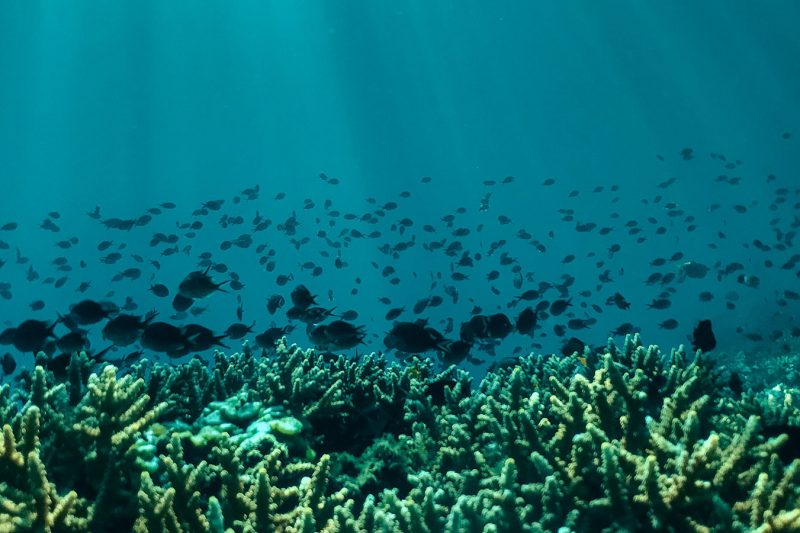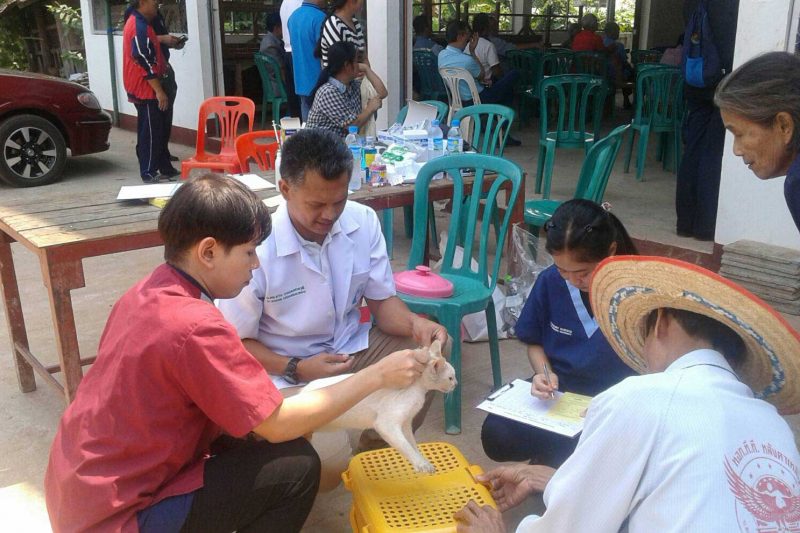Petroleum and Petrochemical College works to solve growing environmental problem
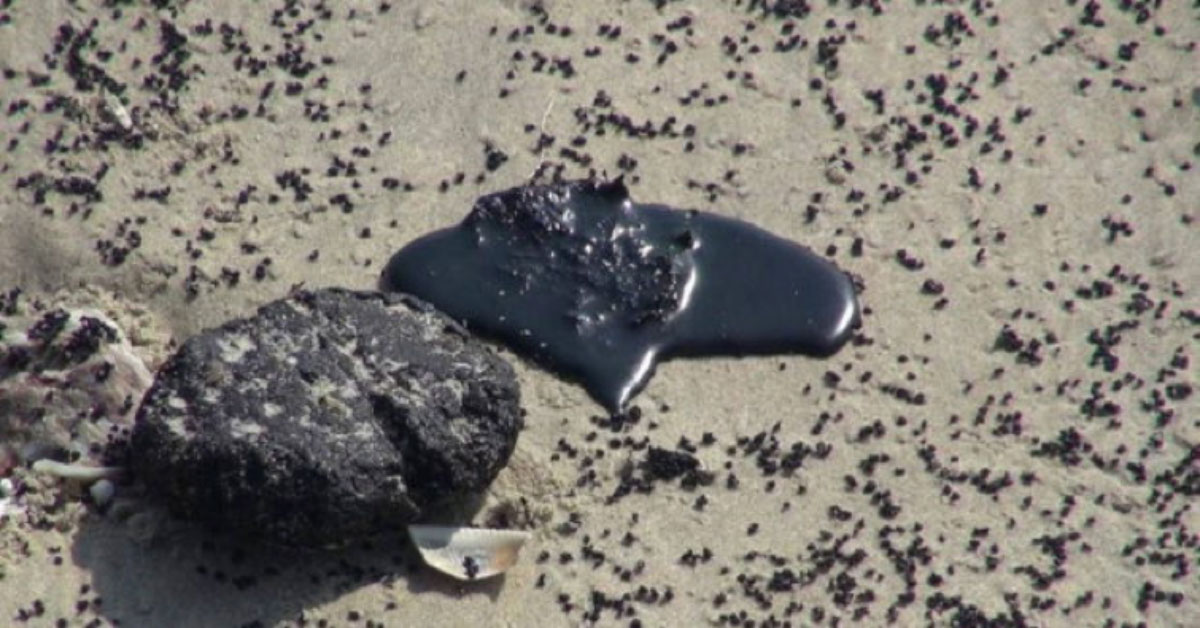
Every year, people living in coastal areas or mangrove forests in Thailand find oil slicks and tar balls on their shores, which cause damage to the environment, living things and tourism. The problem has intensified in recent years.
Since 2014, there have been 44 unexplained cases of oil slicks along the coastlines of the Gulf of Thailand and the Andaman Sea, including 30 on the eastern coast of the Gulf from Trat to Chon Buri, according to information from the Department of Marine and Coastal Resources, the Marine and Coastal Resources Research and Development Institute of Chulalongkorn University has found.
As well, data from the Department of Pollution Control shows that, in 2017 and 2018, there were more than 10 cases of oil slicks and tar balls on various islands including Koh Samui and Koh Phangan in Surat Thani province, along Thung Sang beach in Chumphon, Thung Pradoo beach in Prachuap Khiri Khan and Mae Ramphung beach in Rayong.
Where the oil slicks and tar balls came from needs to be investigated in order to find the oil transporters or production companies to be held accountable for the ecological damage.
The Petroleum and Petrochemical College of Chulalongkorn University is helping in this effort to identify the “fingerprints” of oil slicks. It began its analysis of crude oil and related products in 2011 to determine the origin of the tar balls after oil spills in the Gulf of Thailand.
“We employed international standards in the study and development of the process we used to identify the origin of the oil slicks by analyzing the biomarker, which is equivalent to the fingerprint of the oil,” explains Associate Professor Dr Siriporn Chongphativuthi of the College. “We can tell the type of oil and its origin if there is a database of the oil fingerprints.”
The ecological damage caused by these tar balls has severe and far-reaching consequences, she says.
“These oil slicks that are floating in the water will cause reactions with oxygen, reducing oxygen in the water and blocking photosynthesis of plant plankton, seaweed and marine vegetation, causing changes to the dissolution of bacteria in the water. These consequently threaten marine life such as fish, soil fauna, corals and even water birds.”
Toxic substances also accumulate in the food chain, starting from plankton to marine life and human beings, who are the last consumers. There is also an impact on the economy, tourism, fishing and farming of aquatic life.
In each tar ball there is a biomarker — a substance that does not dissolve in the environment like the sea and can be detected by two-dimensional gas chromatograph mass spectrometer (GCxCC TOFMS), the only technique that can separate intricate biomarker substances with high accuracy.
However, for sample analysis to effectively identify the origin of tar balls or crude oil, it is essential to have a database of fingerprints and other characteristics of various types of oil that are assumed to be the cause of the sampled materials.
To improve the capacity of local researchers and others to identify the origin of oil slicks, a memorandum of understanding (MoU) was signed for the development of a database of crude oil and relevant oil product fingerprints in Thailand. A number of public and private-sector groups are taking part with the Petroleum and Petrochemical College, which is contributing its expertise and analytical technology.
This identification process will help solve the problem of illegal oil dumping more effectively and link spills to culprits who can then be held accountable for compensation for damages.
Oil slicks have become a cross-border pollution problem because, once they form, the slicks spread out and, in most cases, it is not known where they come from. Only about 20 percent of them can be traced to their origins.
Today, Thailand imports oil from 99 sources worldwide and 23 oil companies are engaged in the import business. Oil samples from these companies were collected and analyzed to be used in the database for comparison with samples from oil slicks or tar balls to find the markers. The markers are chemical substances with specific characteristics of the remains of decayed organisms that have been entombed for millions of years in the process of becoming petroleum. These specific characteristics of petroleum from different sources are the fingerprints that can be traced back to their origins.
“So when we can trace the origins of the oil slicks or tar balls, we can trace them to the culprits and hold them accountable for the restoration and conservation of marine and coastal ecological systems and also to prevent a repeat of oil spills,” says Dr Siriporn.
The MoU was signed on Nov 21, 2018 by 10 participants. They are the Pollution Control Department, the Harbor Department, the Department of Marine and Coastal Resources, PTT Global Chemical Pcl, the Customs Department, the Finance Ministry, the Royal Thai Navy’s Coordinating Centre for Protection of Marine Interests, the Synchrotron Light Research Institute and the Association of Petroleum Industry Conservation.
Chaya Chanthavasu, assistant managing director of PTT Global Chemical, says the availability of the database should encourage oil business operators to be more careful in their handling of crude oil and related products than in the past.
As well, he says, plans to prevent a recurrence of oil contamination in sensitive areas will help reduce impacts on the ecological system and biodiversity. The relevant laws and policies will also be made clearer to reduce conflicts over who should be held accountable for damages caused by oil slicks or tar balls.
BY
The Petroleum and Petrochemical College, Chulalongkorn University
Related articles:
Others
Rabies Prevention Model Community
Pilot project in Udon Thani that stresses citizen engagement produces positive results

